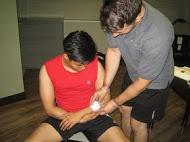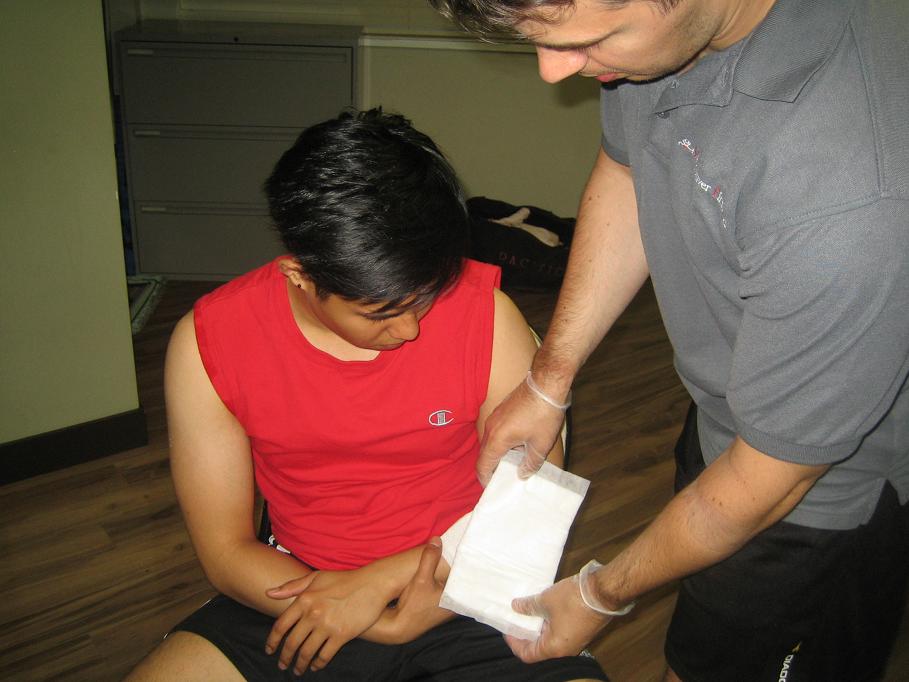A laceration is a skin injury where the tissues or skin opens forcefully. Lacerations come in various sizes, length, and depth, depending on how severe the impact was from the sharp object. Small lacerations don’t require medical attention and can heal naturally without the use of stitches.
Lacerations can be due to objects that strike the skin with such force that it tears the skin apart, these can be due to sharp objects like knives or from car accidents. Wounds come in various sizes, length, and depth – the bigger the more severe.
A small wound can be minor wound and will not require much medical attention and heals within a few days only while a large wound requires medical attention with numerous treatments ranging from stitches to tissue glue to sealing the wound.
While most lacerations are minor and heal naturally without stitches, there are cases that stitches are necessary for the wound to heal.
Signs and symptoms of a laceration

- A deep cut on your body that may reveal underlying layers like fat or muscles
- Bleeding coming from the wound
Caring for the wound varies on how severe the cut is. First to do is to clean the wound and remove any debris or dirt, most wounds won’t require an antibiotic unless there is an infection present. If the wound is minor, the doctor secures a bandage or dressing on the wound but if it is large then a visit to the doctor is necessary to seal the wound.
Minor wounds usually heal within a week or so and won’t leave without too much scarring.
Your doctor may suggest a tetanus shot if the wound has been caused by an animal bite or a dirty pointed object, such as a rusted metal object like a knife.
Your doctor may advise stitches to secure and seal the wound but may also seal the wound using other methods such as skin glue. Secure the wound by a bandage of dressing. Replace the bandage or dressing when you notice it becomes dry or dirty to prevent infection. Do this at least once a day.
Disclaimer / More Information
The material posted on this page on a laceration is for learning purposes only. Learn to properly manage this type of open wound by taking a first aid and CPR class with one of our training providers.
FACT CHECK
https://en.wikipedia.org/wiki/Wound
https://medlineplus.gov/ency/imagepages/19616.htm
https://www.webmd.com/first-aid/cuts-or-lacerations-treatment

